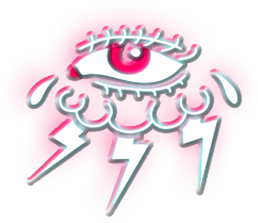Thunderstones in European Folklore
In Scandinavia thunderstones were frequently worshiped as family gods who kept off spells and witchcraft. Beer was poured over them as an offering, and they were sometimes anointed with butter.
In Switzerland the owner of a thunderstone whirls it, on the end of a thong, three times around his head, and throws it at the door of his dwelling at the approach of a storm to prevent lightning from striking the house.
In Italy they are hung around children’s necks to protect them from illness and to ward off the Evil eye.
In Roman times, they were sewn inside dog collars along with a little piece of coral to keep the dogs from going mad.
In Sweden they offer protection from elves.
Up until the 19th century it was common practice in Limburg to sew thunderstones into cloth bags and carried over the chest, in the belief that it would soothe stomach ailments.
In some parts of Spain for example the province of Salamanca it was believed that by rubbing the thunderstones on the joints it would help prevent rheumatic diseases.
- Kurasiński, Tomasz (2021-12-13). “Against Disease, Suffering, and Other Plagues: the Magic-healing Role of Thunderstones in the Middle Ages and Modern Times”. Fasciculi Archaeologiae Historicae. 34: 7–24. doi:10.23858/fah34.2021.001. ISSN 2719-7069. S2CID 245150023.
In the French Alps they protect sheep, while elsewhere in France they are thought to ease childbirth.
Among the Slavs they cure warts on man and beast, and during Passion Week they have the property to reveal hidden treasure.
- Leach, Maria. “”Flint”.” Funk & Wagnalls Standard Dictionary of Folklore, Mythology, and Legend. 3rd ed. New York, New York: Funk and Wagnalls, 1972. Print.


Leave a Reply